
White-Tailed Deer
The white-tailed deer is one of the most iconic creatures of North America, commonly found in forests and wetlands. These deer are named for the striking white underside of their tails, which they raise as a warning signal to alert others of danger. Known for their agility and speed, white-tailed deer can leap up to 10 feet high and run at speeds of up to 30 miles per hour.
Read More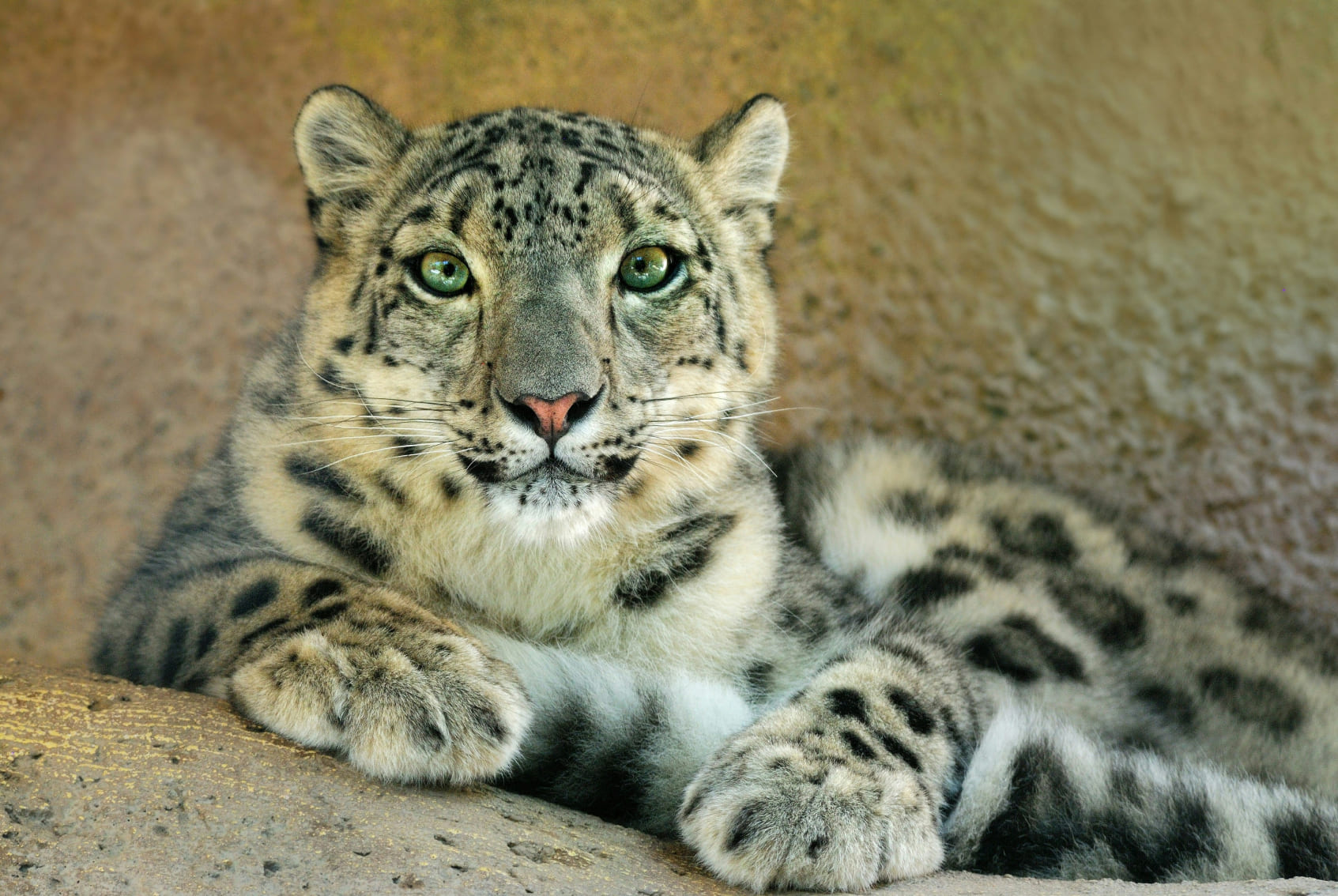
Snow Leopard
Snow leopards, often called “ghosts of the mountains,” are elusive predators inhabiting the remote and rugged highlands of Central and South Asia. These big cats are perfectly adapted to life at altitudes of up to 18,000 feet, where temperatures can plummet well below freezing. Their thick, pale-gray fur with dark rosettes provides both warmth and camouflage in their rocky environment.
Read More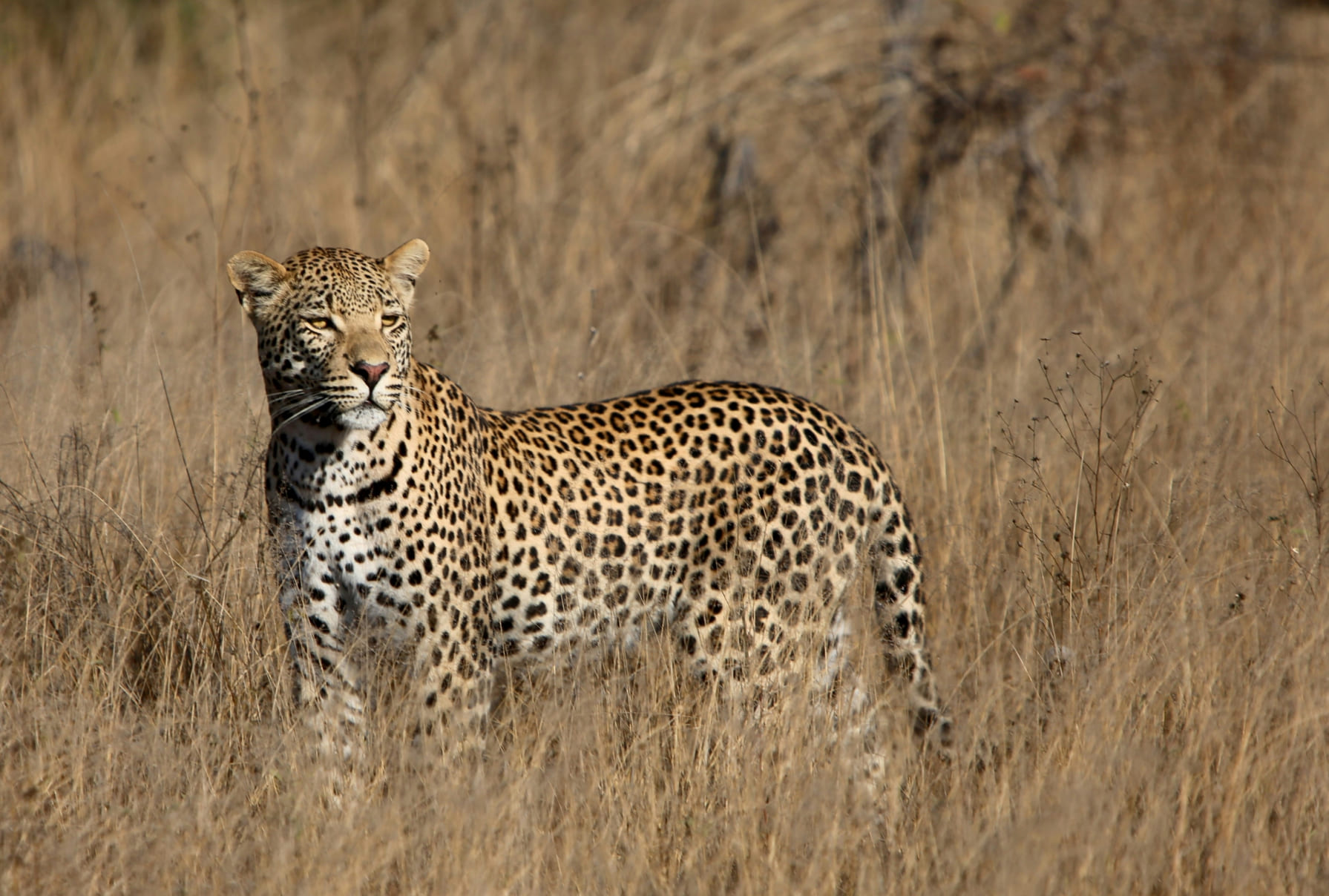
African Leopard
The African leopard is a versatile and powerful predator found in a variety of habitats, from dense rainforests to open savannas. Renowned for their stealth and adaptability, leopards are solitary hunters that rely on their acute senses of hearing and sight to stalk prey. Once they make a kill, they often drag it into trees to keep it safe from scavengers like hyenas.
Read More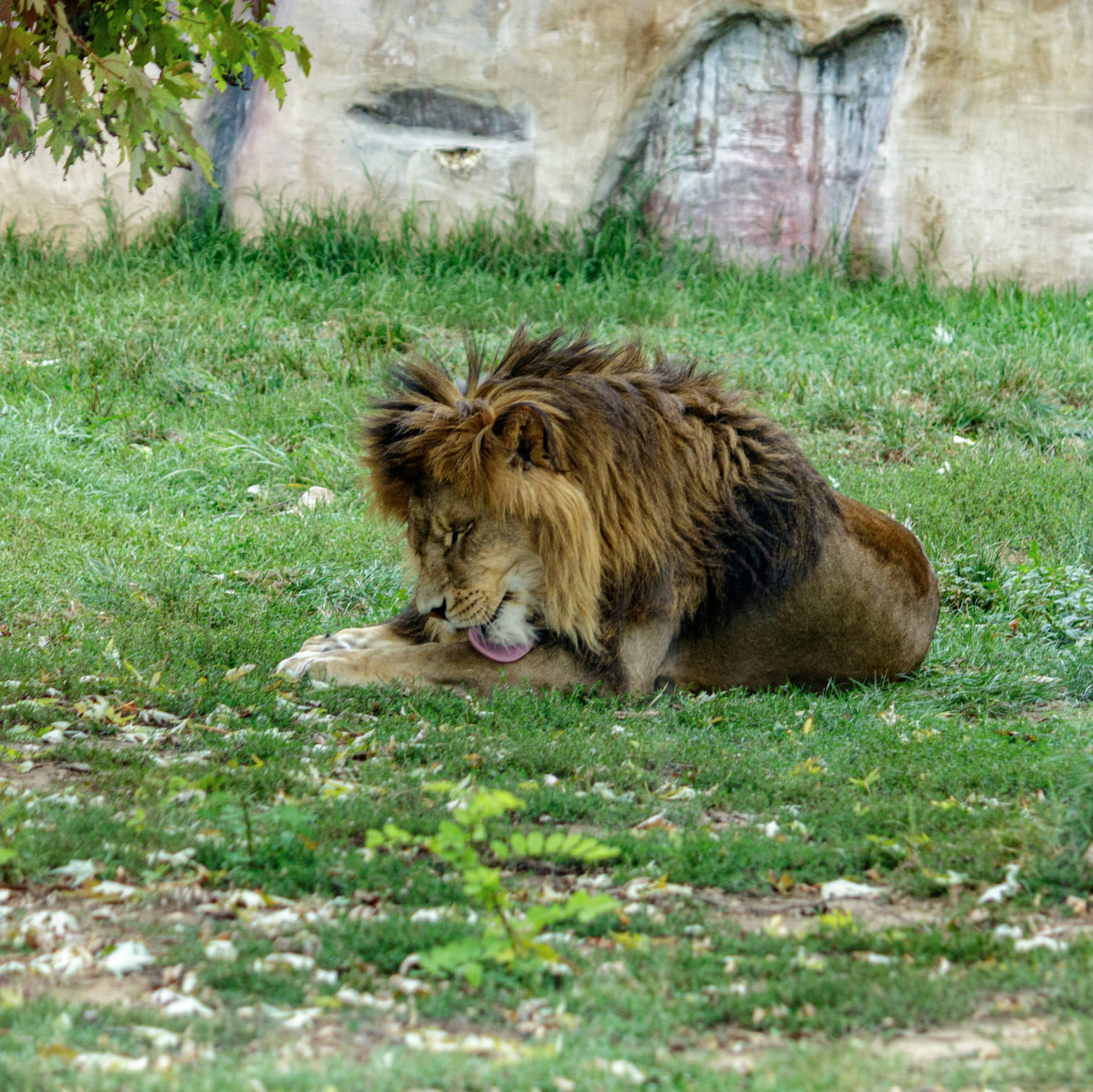
Barbary Lion
The Barbary lion, once native to the forests and mountains of North Africa, is an extinct species in the wild. These lions were among the largest of their kind, with males possessing striking dark manes that extended down their backs. They were renowned for their strength and symbolized power in ancient cultures, often featured in Roman gladiator arenas.
Read More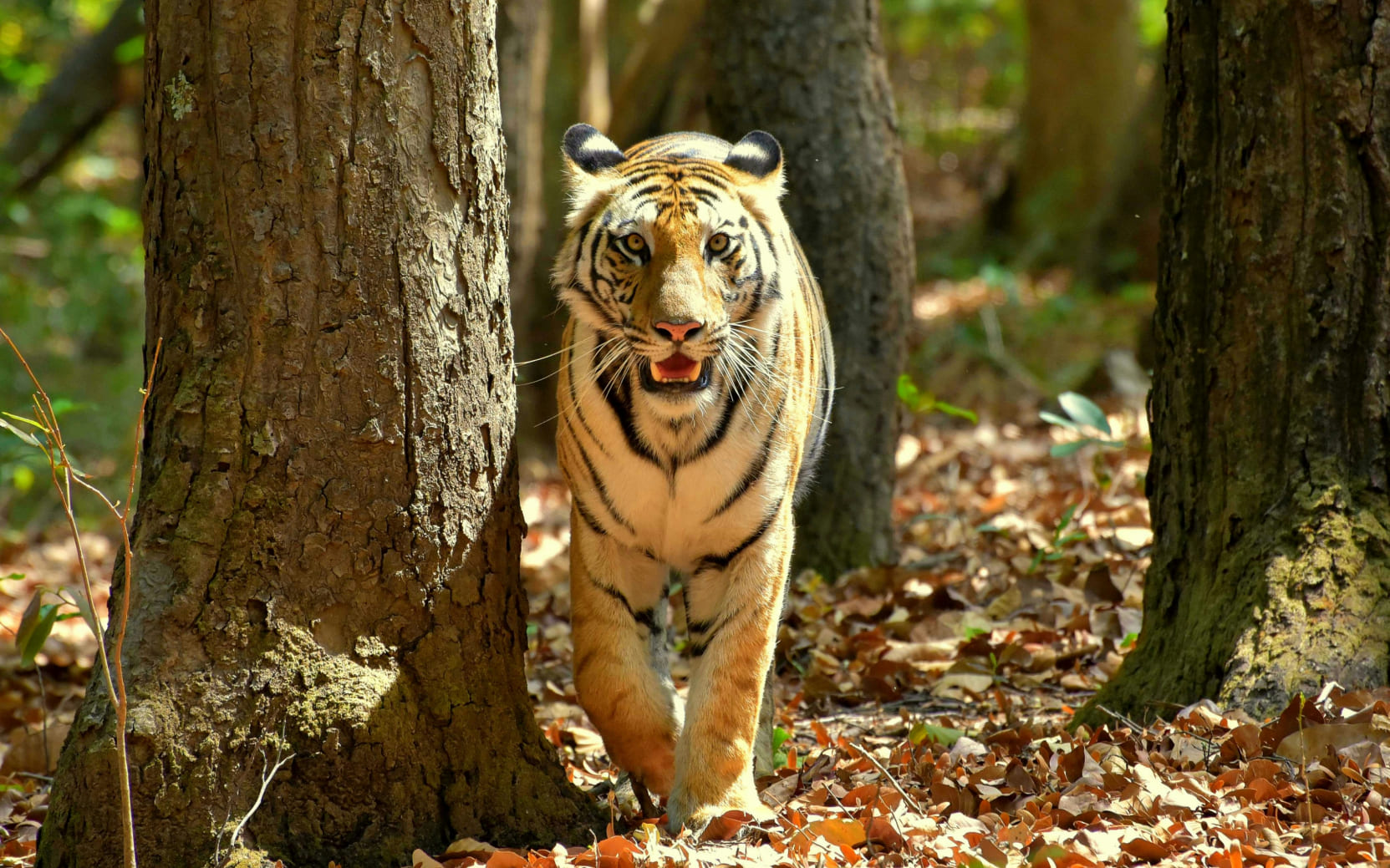
Bengal Tiger
Bengal tigers are among the most famous and iconic big cats, known for their striking orange coats with bold black stripes. They inhabit a wide range of ecosystems, including tropical forests, mangrove swamps, and grasslands in India and Bangladesh. Bengal tigers are solitary and territorial, often marking their range with scent to ward off other tigers.
Read More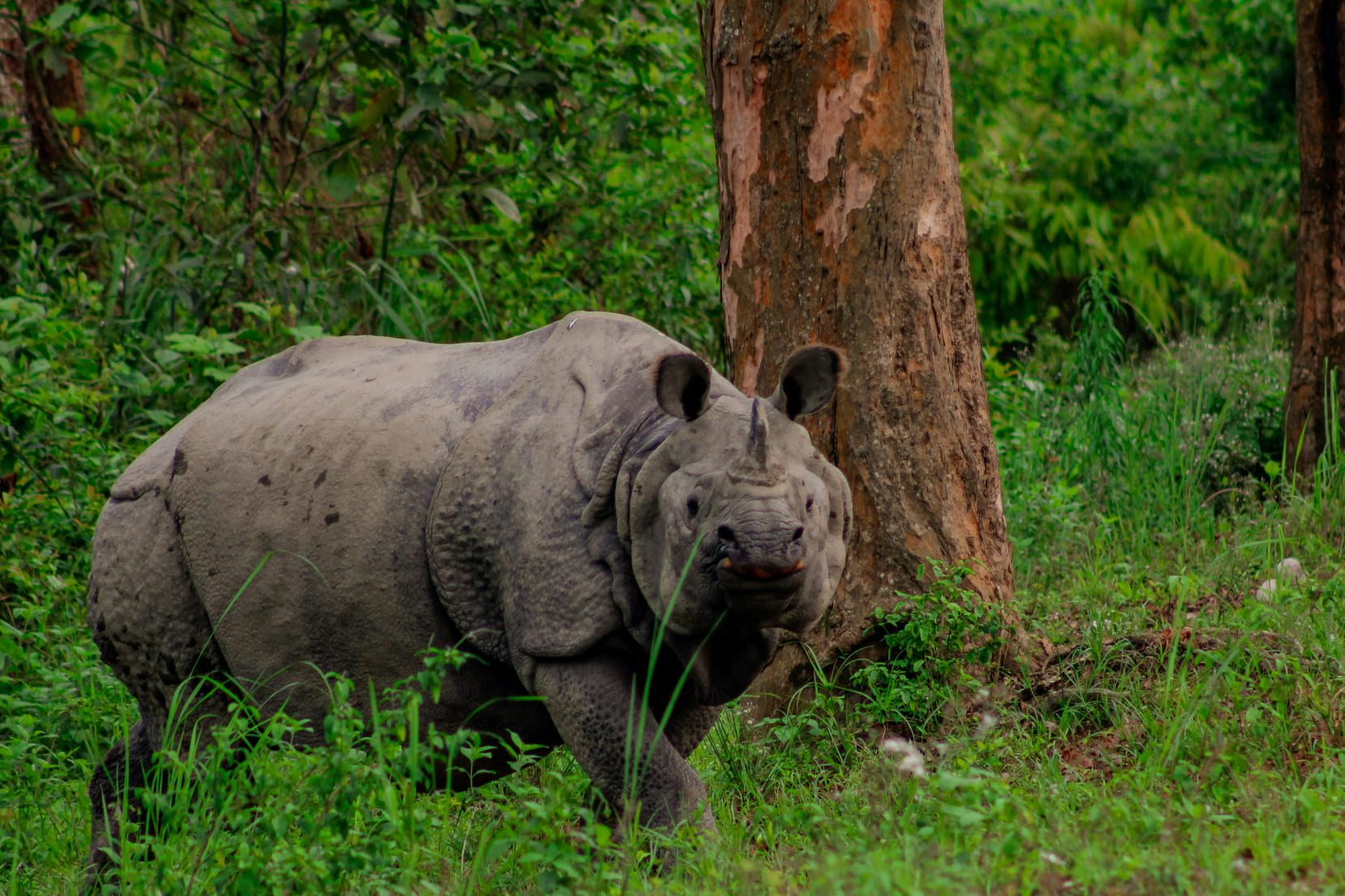
Indian Rhinoceros
The Indian rhinoceros, also known as the one-horned rhinoceros, is a majestic herbivore found in the wetlands and grasslands of northern India and Nepal. Weighing up to 4,000 pounds, this species is distinguished by its thick, armor-like skin and a single black horn.
Read More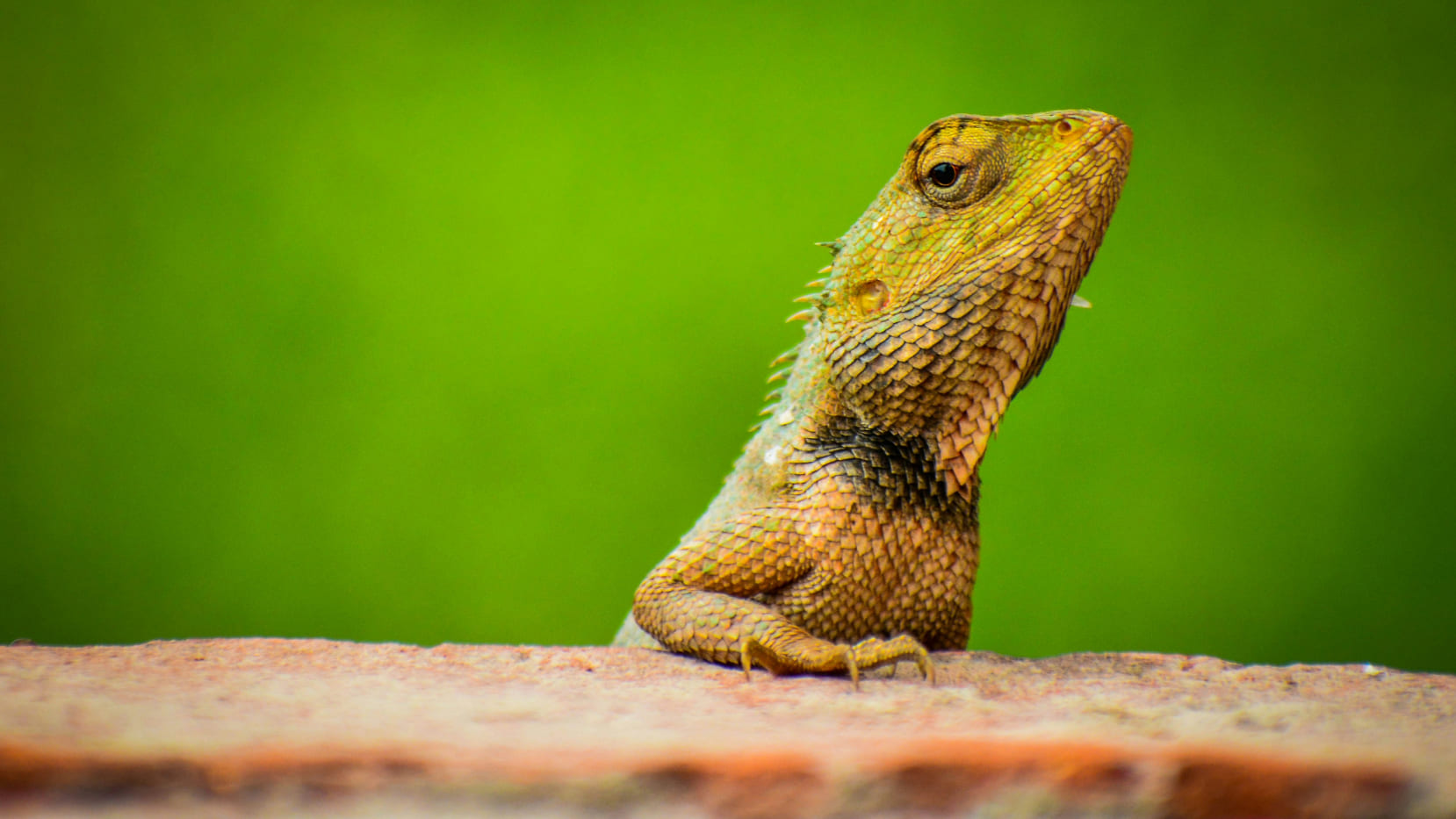
Common Garden Lizard
The common garden lizard, or calotes, is a small yet fascinating reptile found in forests, gardens, and suburban areas across South Asia. These lizards are known for their ability to change colors, often turning vibrant shades of red or green during courtship or when threatened.
Read More






